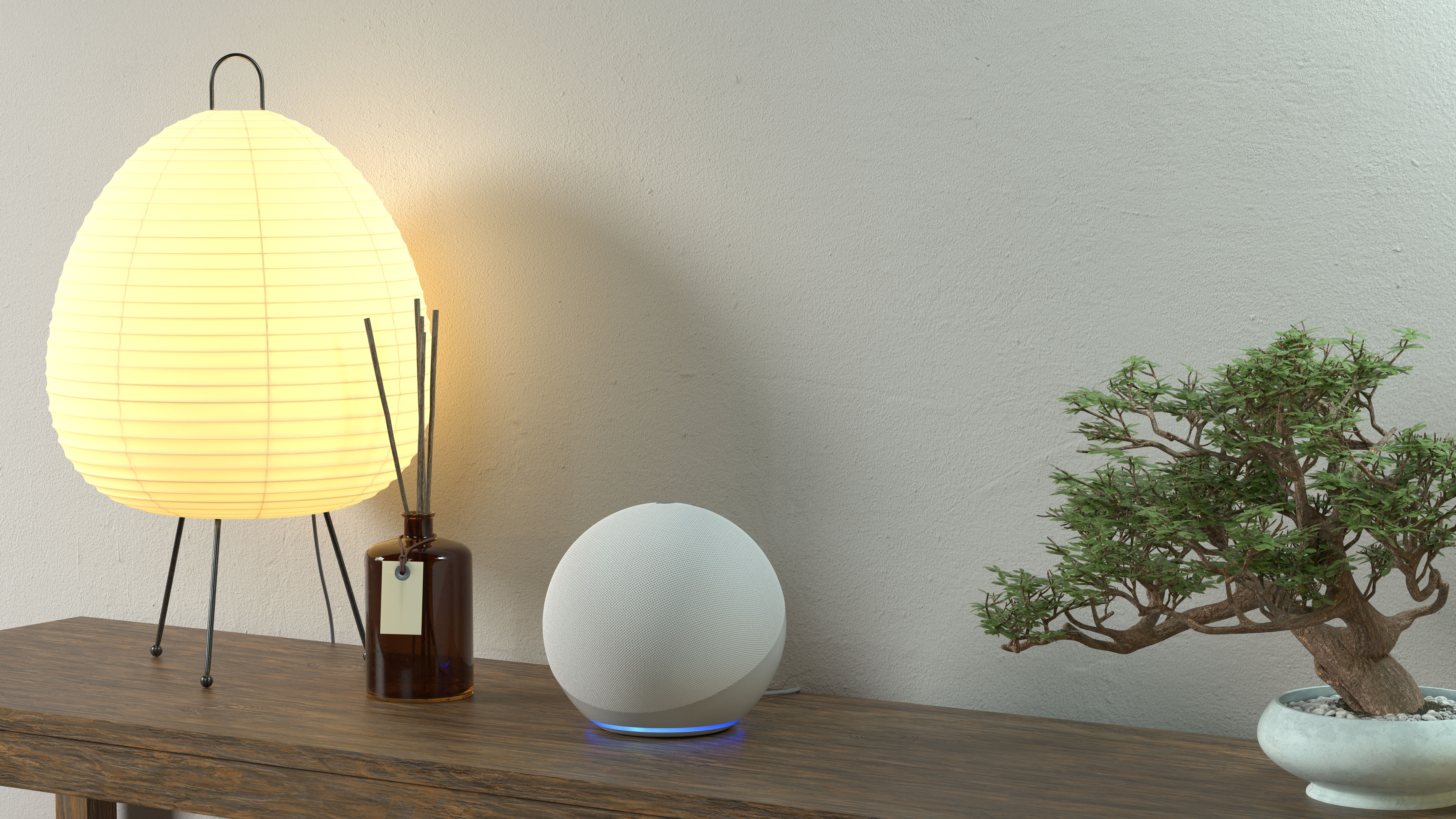How to make Alexa easier to understand on an Amazon Echo
Making adjustments to the volume and pace of speech

Voice assistants can be extremely useful, from delivering the day’s weather and news to offering the ability to set timers and answering your burning questions. You can even use them to make calls and send messages hands-free to your friends and family.
So it's of little surprise to learn that 157 million US homes owned a smart speaker or smart display by the end of 2019, according to Statista. However, whether your choice is Alexa, Google Assistant, or Siri, being able to understand exactly what the voice assistant is saying can be a battle.
Whether you find Alexa speaks too quickly for you to grasp what’s being said, or you’d rather the responses were louder or quieter, it is possible to make Amazon’s voice assistant easier to understand.
Fancy grabbing yourself one of Amazon’s smart speakers or smart displays? Check out the best prices on offer right now.
How to adjust the speed of Alexa’s voice
If you find Alexa speaks too quickly, struggling to understand what’s being said without having to ask the voice assistant to repeat the response, then slowing down the speed of the voice may be beneficial. Conversely, if you find you become irritated with just how long it takes Alexa to say her piece, you may benefit from speeding up the voice assistant’s responses.
Alexa offers seven different speeds at which responses can be relayed, two slower than the default speed and four that are faster. To change how quickly Alexa replies, just say “Alexa, speak faster” or “Alexa, speak slower”.
If you want to revert Alexa back to the original speed, just say “Alexa speak at your default level”.
- Discover every Alexa privacy setting and how to change them
- What is Amazon Kids on Alexa, and how do I turn it on?
- How to change Alexa’s voice to a masculine tone on an Amazon Echo
How to make Alexa louder or quieter
There are several ways to make Alexa louder or quieter, with the simplest to use the physical volume buttons found on the top of any Amazon Echo smart speaker or smart display. Pressing these will adjust the volume level of Alexa’s responses, any music you’re playing through the speaker, and – for devices with a screen – the audio on video clips.
Sign up for breaking news, reviews, opinion, top tech deals, and more.
Alternatively, you can ask Alexa to change the volume for you; this includes asking the voice assistant to change the volume on a smart speaker or smart display. The volume level goes from one (the quietest) to ten (the loudest). You can ask Alexa to turn the volume up or down, with the level going up or down by one increment, or you can select a numerical value by saying phrases such as “Alexa turn up the volume to seven” or “Alexa, set the volume at 50%”.
It’s also possible to adjust the volume on your smart speaker or smart display from the Alexa app. Open the app and select the Devices tab from the bottom of the screen. Choose the Amazon Echo device for which you want to change the volume, and tap Volume from the top left-hand corner. You’ll be presented with a slider that can be moved to make the device louder or quieter.
Constantly having to ask Alexa to turn the volume up or down can become tiresome. So, in the US, Alexa also offers an adaptive volume feature that will auto adjust the volume level of responses if the smart speaker or smart display detects noisy surroundings. For example, in instances where someone is vacuuming, or others in the household are having a conversation close by.
To switch this function on just say “Alexa, turn on Adaptive Volume”. Amazon was unable to confirm if this feature would be rolled out in other territories, but considering many Alexa functions that have initially only been available in the US – such as parental controls function Amazon Kids for Alexa – have eventually been made available in the UK and Australia, we’re hopeful this will be the case with adaptive volume.
Similarly, if you want Alexa to respond quietly, perhaps because other members of the household are sleeping and you don’t want to disturb them, you can activate Whisper mode, which sees Alexa respond in hushed tones. Read ‘how to use Alexa Whisper mode on an Amazon Echo’ to discover more about this feature.
- Check out these great cheap Echo deals

Carrie-Ann Skinner was formerly Homes Editor at TechRadar, and has more than two decades of experience in both online and print journalism, with 13 years of that spent covering all-things tech. Carrie specializes in smart home devices such as smart plugs and smart lights, as well as large and small appliances including vacuum cleaners, air fryers, stand mixers, and coffee machines. Carrie is now a copy editor at PWC.